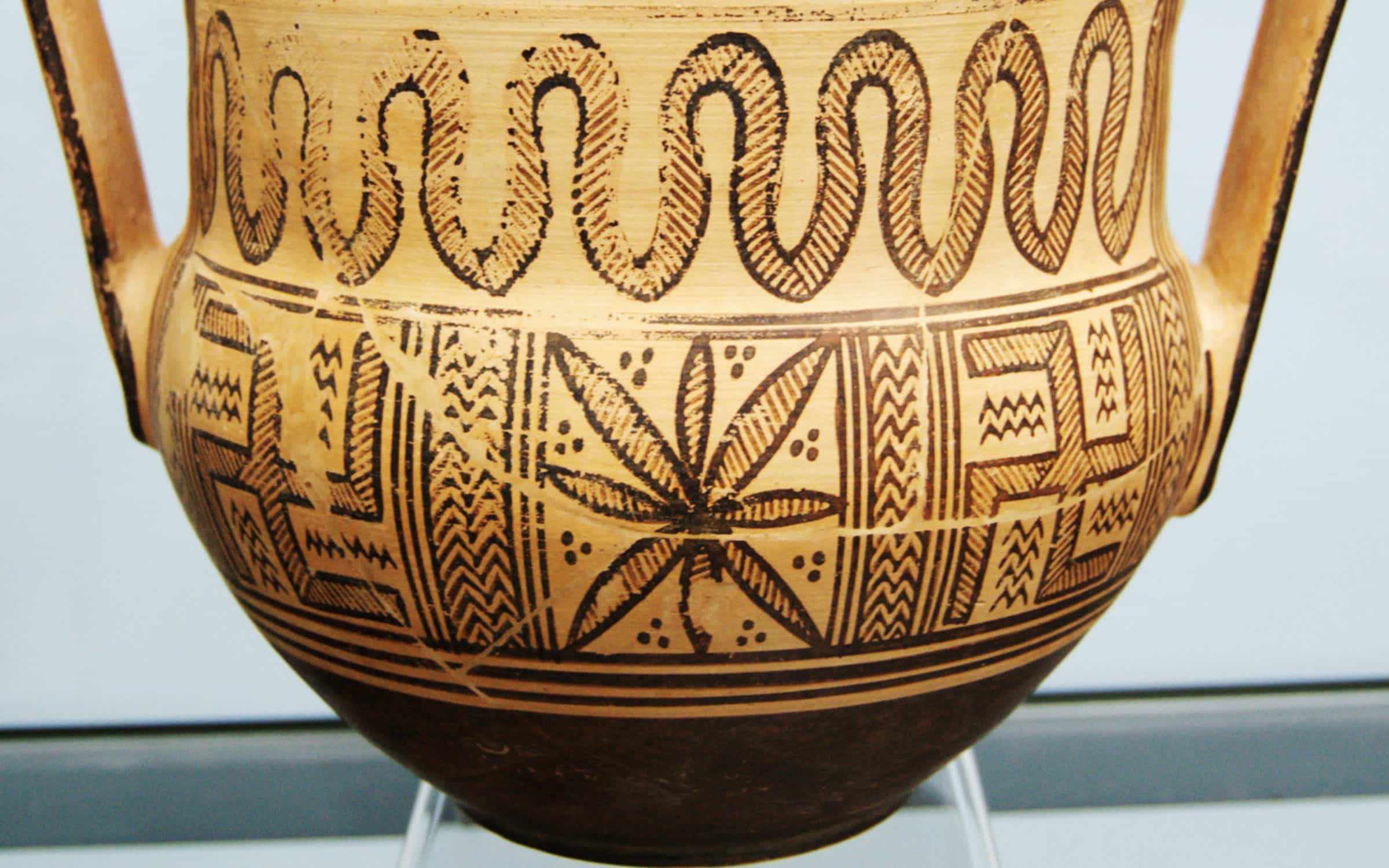 What is Chronic Pain?
What is Chronic Pain?
Pain is one of life’s necessary teachers. It shows us how to protect ourselves from things that might cause us discomfort. When there is potential or actual structural damage to the human body, pain is the ever-present and ever-ready messenger that alerts us to dangerous and hurtful stimuli. As such, pain is a vital and useful part of life. However, when the pain becomes chronic pain, that’s when it becomes a serious problem. Sufferers of chronic pain have been using medical cannabis for decades to help alleviate pain symptoms.
As the number one physical ailment, chronic pain affects 1.5 billion people around the world, with many searching for alternatives to opioid-based treatments. This article examines relevant case studies supporting medical cannabis as a valid form of pain management.
The Difference Between General Pain and Chronic Pain
Unlike most pain that is generally short-lived, chronic pain lingers and never seems to go away. Chronic pain’s central defining characteristic is that it can persist for long, extended periods, such as months, years, or even a lifetime. Patients suffering from chronic pain often describe it as pain that is aching, burning, shooting, and feeling like electrical shocks.
Not only does chronic pain take a physical toll on patients but a psychological one as well. People dealing with the difficulties of chronic pain also experience higher degrees of anxiety, depression, obesity, and problems with sleeping. According to a March 2018 report by Statistics Canada, more than 6 million Canadians (19% of the total population) currently report experiencing some form of chronic pain.
 What Causes Chronic Pain?
What Causes Chronic Pain?
There are multiple causes of chronic pain. It can be caused by having incorrect posture or sleeping on a poor mattress, as a few examples. Chronic pain can be the result of herniated disks or pinched nerves in the back. Sometimes, it’s a sign of infection or a side effect from post-op surgery. In some cases, doctors are incapable in determining a clear discernible cause for chronic pain.
Most chronic pain occurs from an injury sustained at the workplace while exercising at the gym or from trauma-related injuries. These could include severe car accidents or bodily harm from falling. Chronic pain can originate from diseases such as rheumatoid arthritis, osteoarthritis, fibromyalgia, cancer, and cancer-related side effects such as radiation and chemotherapy.
Neuropathic pain is a type of chronic pain that is caused by a damaged nervous system. Unlike chronic pain, neuropathic pain is uncontrolled and isn’t caused by outer stimuli. With neuropathic pain, damaged nerves can misfire and transmit faulty pain signals to the brain. Neuropathic pain is associated with spinal cord injury, stroke, multiple sclerosis, cancer, and fibromyalgia.

Treating Chronic Pain with Medical Cannabis
For over five millennia, cannabis has been extensively used by ancient civilizations for its medicinal properties. Historical examples include cannabis being implemented as an anti-inflammatory in ancient Egypt, as a cure for leprosy in India, as remedies for earache and inflammation in Greece and general healing in ancient China.
Around the late 1960s, medical cannabis saw a decline in usage due to the growing popularity of synthesized opioid-based drugs. The final death knell came with the arrival of the Controlled Substances Act of 1970, which effectively outlawed cannabis for use in the United States.

Recent decades have seen revived interest in medical cannabis thanks to its effectiveness in helping manage the devastating symptoms brought on by chemotherapy and chronic illnesses like AIDS. Following suit, with California’s medical cannabis legalization in 1996, Canada officially became the first nation to regulate medical cannabis in 2001.
Since then, there has been a wide range of medical studies, conducted both in the United States and Canada, researching the impact of medicinal cannabis on chronic pain patients and pain management.
 Case Studies: Medical Cannabis and Chronic Pain
Case Studies: Medical Cannabis and Chronic Pain
A 2017 mass medical survey, published in the National Center for Biotechnology Information, asked 984 medical cannabis patients how medical cannabis was addressing their specific pain-related condition. All participants reported experiencing some chronic pain caused by the following: cancer, abdominal, back/neck, neuropathic, or trauma-related.
The most prominent emergent theme coming out of the thousands of participant responses was that medical cannabis was providing pain relief.
Responses included:
- “It stops the pain.”
- “It will break the cycle of chronic pain.”
- “It’s been life changing for my pain.”
- “Changes perception and experience of my chronic pain.”
The second most significant emergent theme to health benefits was sleep quality and sleep onset:
- “It helps me to fall asleep.”
- “It helps me sleep all night long.”
- “Helps with my insomnia.”
 Medical Cannabis and Neuropathic Pain
Medical Cannabis and Neuropathic Pain
In 2010, a study published in the National Center for Biotechnology involved 23 adult patients suffering from neuropathic and post-traumatic pain.
This randomized, double-blind, placebo-controlled trial took place over four 2-week periods where the selected patients were randomly chosen to receive cannabis at four varying potencies: (0%, 2.5% 6% and 9.4%).
The method of delivery was smoking cannabis through a pipe at least three times each day for the first five days of each two weeks. Using an 11-point rating system, patients reported their pain levels daily. Medical professionals also monitored the overall quality of life, sleep quality, and mood, along with possible adverse effects.
Main Takeaways
The group of patients who were consuming cannabis with 9.4% THC reported that it was easier to fall asleep as well as reduced pain, anxiety, and depression. Mark Ware and his team of medical researchers had the following to say:
“We found that 25 mg herbal cannabis with 9.4% tetrahydrocannabinol, administered as a single smoked inhalation three times daily for five days, significantly reduced average pain intensity compared with a 0% tetrahydrocannabinol cannabis placebo in adult participants with chronic post-traumatic or post-surgical neuropathic pain. We found significant improvements in measures of sleep quality and anxiety.”
 Medical Cannabis and Opioid Reduction
Medical Cannabis and Opioid Reduction
One of the go-to solutions for doctors treating chronic pain patients is prescribing opioid-based medication.
While useful up to a point, opiate medications aren’t a viable long-term solution because of the potentially increased risk of addiction and dependency.
Long-Term Medical Cannabis Treatment with Chronic Pain Patients
A 2016 research study, published in the National Center for Biotechnology Information and authored by the Pain Relief Department of Anesthesia and Critical Medicine of Hebrew University, determined the long-term effects of medical cannabis on pain management.
The study involved 274 participants whose chronic pain was resistant to treatment. Six months after medical cannabis use, researchers asked 174 participants to fill out a questionnaire to see if there was any significant change to patient pain levels.
Researchers discovered that overall pain symptoms, pain severity, and pain interference scores improved. Another main takeaway is that opioid usage fell by 44%.
 Case Study from the American Pain Society
Case Study from the American Pain Society
Another 2016 study, published in the American Pain Society by Kevin F. Boehnke, outlines how researchers conducted an online questionnaire. The survey asked 244 medical cannabis patients with chronic pain about how their cannabis use had any effect on their current opioid use.
Main Takeaways
Several interesting findings emerged:
- 64% of medical cannabis patients with chronic pain reported significant decreases in opioid medication side effects. They also reported improved daily function (because of reduced opiate use) as well as reductions in the total number of opioid medications.
- 45% of medical cannabis patients with chronic pain patients reported an improvement in the quality of life
Scientific studies continue to bolster the assertion that cannabis is an effective pain medication as well as an active agent against opioid overuse and overdose.
 The Final Word
The Final Word
In some clear cases, nature can be the best physician. While medical cannabis for chronic pain has been around for ages, it’s only recently that political and social spheres are seeing eye-to-eye with medical and scientific communities. Subsequently, millions of people living with numerous forms of chronic pain, from moderate to debilitating, are reaping benefits that don’t come with the addiction risks posed by synthetic opioids.
Studies show that medical cannabis is another powerful ally in the fight against pain and discomfort. The more options that patients have at their disposal, the better. In life, pain is inevitable, but suffering is optional.




